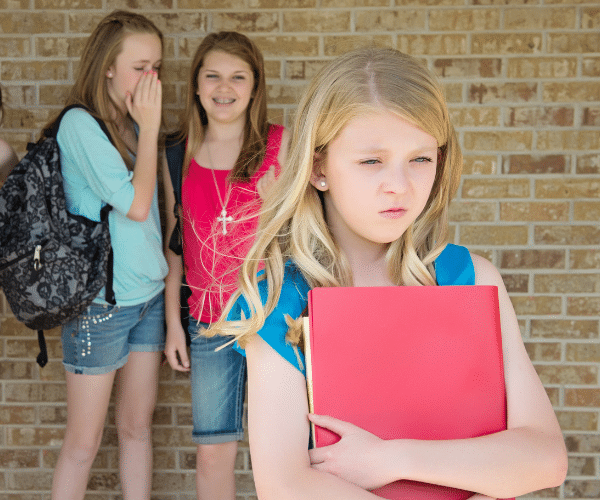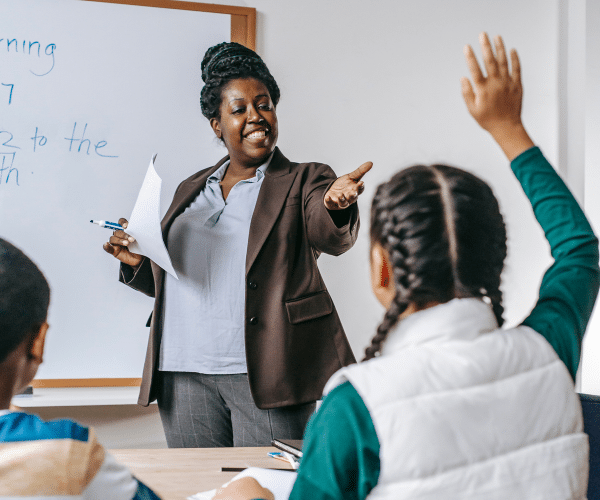September 17, 2024 5 min read

Best Practices For Emergency Response In Collegiate Athletics
Industry:
Solution:

It’s important for everyone to be prepared to respond if an emergency occurs in collegiate athletics. “When emergencies are mishandled, they can lead to catastrophic injury or even death,” says Dr. James Borchers, President and CEO of the U.S. Council for Athletes Health and Safety (USCAH). He says too often, a lack of training, policies, or equipment is to blame, and proactive preparation is critical to responding appropriately when an emergency occurs.
Borchers and colleague Angie Beisner, Senior Director of USCAH, recently partnered with Vector Solutions for a webinar where they discussed best practices for emergency response. They said the best way to ensure everyone is prepared for an emergency, whether in varsity athletics or club and recreational sports, is through training and having an Emergency Action Plan (EAP).
Best Practices for Emergency Response
1) Have Multiple Emergency Action Plans
An emergency action plan (EAP) is a written document that details how to respond in an emergency. All institutions should have EAPs and training in place to ensure everyone understands the EAP and their role. Institutions should create several EAPs customized for the different facilities across a campus. The response to an emergency will be different based on where the emergency occurs, i.e. on a football field vs. an aquatic facility. EAPs should also be customized for specific types of health events like cardiac arrest, pulmonary arrest, or head injury. Borchers and Beisner specifically recommended including an EAP for heat illness, which details what to do in extreme heat, such as assessing the temperature and other factors like humidity, and ensuring the appropriate treatments, such as cold tubs, are available. It is also important to have a plan in place for all types of activities, including pre-and post-practice events, conditioning sessions, and other activities.
2) Document Training To Mitigate Risk
Training is key to being prepared for an emergency and is the best way to prevent injury or death. From an institutional perspective, it is also important to document emergency response training. Having evidence of what education and training was provided and when it occurs will help protect the institution from risk.
3) Practice and Prepare
Emergency response plans should be practiced at least once a year to make sure everyone is comfortable with the plan and knows how to respond when an actual emergency occurs. When doing these practices, the details are important. Borchers and Beisner noted, for instance, that you don’t want to be in the middle of an emergency and not know that assistance is needed to open a gate or that a lock doesn’t work. Even things as routine as knowing the exact location of the practice field so you can give the address to emergency responders are critical when emergencies occur. It’s also important to conduct pre-event preparation, such as getting important phone numbers, relevant medical information of athletes, and contact information for all participants ahead of time in case an emergency occurs during an event. Also, have conversations ahead of time with staff to confirm, for instance, who will bring the AED equipment, who will handle communications, and other tasks. Make sure everyone knows their role ahead of time.
4) Have A Plan For Mental Health Emergencies
Mental health is a significant concern in collegiate athletic programs, and having a plan to respond to mental health emergencies is just as important as having a plan to respond to physical emergencies. If a staff member believes an athlete is having a mental health crisis, they need to know what to do next and who to contact to make sure the student gets the support they need.
5) Create A Culture Where Everyone Is Invested In Athlete Safety
When it comes to preventing and responding to emergencies in collegiate athletics, no one should be just a bystander. Everyone has a role in preventing negative outcomes. Borchers and Beisner say often many think of athlete health and safety as “someone else’s job.” They stressed that institutions should work to create a culture where everyone involved in college athletics – including students, coaches, trainers, and even parents and volunteers, feel invested in emergency prevention and response.
Creating emergency response plans, providing training on those plans, and addressing general athlete safety and mental health will create a culture in which safety is the priority and help improve the chances for positive outcomes when emergencies occur.
How Vector Can Help
Vector Solutions provides online courses to support college athletes and athletic staff on important student safety, well-being, and compliance topics. Course libraries include:
For Student-Athletes
- Sexual Assault Prevention for Athletes
- Sexual Assault Prevention Ongoing: Athletes
- Mental Well-Being for Athletes
- Hazing Awareness and Prevention for Athletes
Learn More About Vector Solutions’ Courses for College Athletes.
For Athletic Staff
- Sexual Assault Prevention for Athletic Staff
- Athletic Liability
- Concussion Awareness: Athletics for Staff
- Title IX and Gender Equity in Athletics
Learn More About Vector Solutions’ Courses for Athletic Staff.
Partnership with USCAH
Vector also partners with USCAH to offer a library of USCAH’s online courses for coaches, athletes, administrators, and parents to support health and safety and mitigate risk.
Learn More About Vector Solutions USCAH Courses.
Request a Demo
For more information about Vector Solutions’ athletics suite and our partnership with USCAH, please request a demo.
Request a Demo






